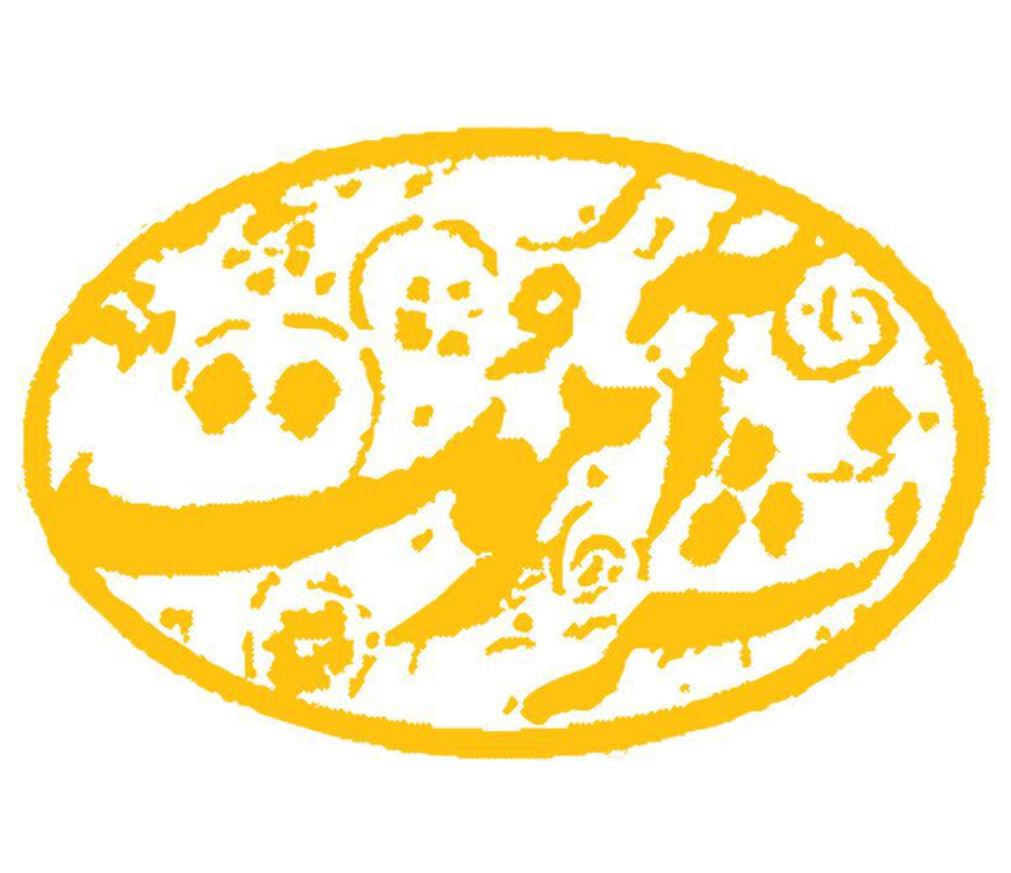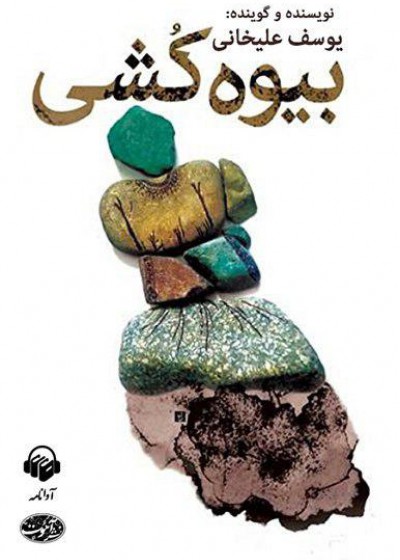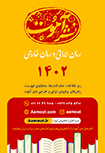RSS
home
E_Mail
يوسف عليخاني
دانلود در فیدیبو و آوانامه و کتابراه
دانلود در فیدیبو و آوانامه و کتابراه دانلود در فیدیبو و آوانامه و کتابراه دانلود در فیدیبو و آوانامه و کتابراه دانلود كتابنامه آموت اینجا و اینجا
home
E_Mail
يوسف عليخاني
دانلود در فیدیبو و آوانامه و کتابراه

دانلود در فیدیبو و آوانامه و کتابراه دانلود در فیدیبو و آوانامه و کتابراه دانلود در فیدیبو و آوانامه و کتابراه دانلود كتابنامه آموت اینجا و اینجا
خرید تلفنی کتاب
66496923
66499105
09360355401
ارسال رایگان/ سراسر ایران
توضیحات بیشتر در اینجا
آخرين مطالب
هر نوع تاييد يا تخريب افراد و نهادها در وبلاگها و سايتهاي اينترنتي به نام نويسنده اين وبلاگ، كذب محض و غيرقابل استناد است. تادانه هرگز در هيچ وبلاگي پيغام نميگذارد
Abdolrahman Emadi distinguished Iranologist
Emadi migrated to the cities of Roudsar, Rasht and Qazvin to finish his
high school education. He received his bachelor’s degree in criminal justice
from the University of Tehran in 1952.
Emadi began studying semantics—the study of meaning of the words and
phrases—in 1935.
The Iranologist wrote more than 10 books about the culture and
civilization of ancient Iran.
Some of his books include Davazdah Gol-e Bahari (12 flowers of spring),
Lamdad, Bibiyeh, Farahgan (charisma), Hamzeh
Azarak and Haroun al-Rashid, Chand Sad Naam-e Darya-ye Khazar(hundreds
of names of Caspian Sea) and Aseman-Akat(your small sky).
His books are considered great sources of Iranology.
At present, Emadi is writing a book “From Tabaristan”, which refers to
an Iranian province corresponding to parts of the modern Iranian province of
Mazandaran.
Iran Daily interviewed Emadi in this regard. Excerpts
follow:
IRAN DAILY: What made you research about Iran for more than half a
century?
EMADI: I was interested in the
culture of Iran, even as a child. My
father encouraged me in this regard. He was a learned man. He urged me to read
a lot of documents and letters in my school as homework.
Although the documents contained complicated facts about Iran’s history
and culture, I was eager to learn more things about my country.
The documents comprised information about Iranian tribes (Gilaki, Mazani
and Deylami) who lived in the northern provinces of Iran such as Gilan,
Mazandaran and Qazvin.
We lived in a region near the three provinces, so I studied about the
culture and history of these people.
Based on the information and experiences, I thought of writing the
history of ancient Iran and the world in 1940.
During this period, the deposed king Reza Shah—who founded the Pahlavi
dynasty in 1924—dispatched his tax collectors to the northern cities of Iran to
issue new identity cards.
I cooperated with the delegates as a clerk. I was interested in the
registration of historical documents.
Many Iranologists believe your book “Chand Sad Naam-e Darya-ye
Khazar”, which contains hundreds of names of Caspian Sea in English, can be a
rich source for Iranology studies. Could you tell us more about the book?
The book contains a list of basic words about Caspian Sea. Each word has
a deep root in ancient Iran.
More than 90 percent of these words have Iranian root. According to the
latest statistic, Iranians are the oldest inhabitants of Caspian Sea.
You authored two well-known books—“Deylamon-e Parsi” and “Deylamon-e
Palouyeh”—on anthropology and Iranology. Are they related?
I intended to publish these books in 1968. I asked Parviz
Natel-Khanlari—an Iranian literary scholar, author, researcher and professor—to
publish the book. But the publication of the books was postponed for 50 years.
The two books belong to the same genre, but have been published
separately.
Can books on Iran influence foreigners?
Iranians need to know about their own historical identity. The new
Iranian generation should strive to preserve their ancient civilization and
culture.
Given the knowledge of Iranian students about Iranology, we should
change the negative attitude of Westerners who believe Iranians cannot be
capable scientists.
Labels: Abdolrahman-emadi
0 Comments:
آرشيو ماهانه
December 2001July 2002
August 2002
October 2002
December 2002
February 2003
March 2003
April 2003
May 2003
July 2003
August 2003
September 2003
October 2003
November 2003
December 2003
January 2004
February 2004
March 2004
April 2004
May 2004
June 2004
July 2004
September 2004
October 2004
November 2004
December 2004
January 2005
March 2005
June 2005
August 2005
September 2005
October 2005
November 2005
December 2005
January 2006
February 2006
March 2006
April 2006
May 2006
June 2006
September 2006
October 2006
November 2006
December 2006
January 2007
February 2007
March 2007
April 2007
May 2007
June 2007
July 2007
August 2007
September 2007
October 2007
November 2007
December 2007
January 2008
February 2008
March 2008
April 2008
May 2008
June 2008
July 2008
August 2008
September 2008
October 2008
November 2008
December 2008
January 2009
February 2009
March 2009
April 2009
May 2009
June 2009
July 2009
August 2009
September 2009
October 2009
November 2009
December 2009
January 2010
February 2010
March 2010
April 2010
May 2010
June 2010
July 2010
August 2010
September 2010
October 2010
November 2010
December 2010
January 2011
February 2011
March 2011
April 2011
May 2011
June 2011
July 2011
August 2011
September 2011
October 2011
November 2011
December 2011
January 2012
February 2012
March 2012
April 2012
May 2012
June 2012
July 2012
August 2012
September 2012
October 2012
November 2012
December 2012
January 2013
February 2013
March 2013
April 2013
May 2013
June 2013
July 2013
August 2013
September 2013
October 2013
November 2013
December 2013
January 2014
February 2014
March 2014
April 2014
May 2014
June 2014
July 2014
August 2014
September 2014
October 2014
November 2014
December 2014
January 2015
February 2015
March 2015
April 2015
May 2015
June 2015
July 2015
August 2015
September 2015
October 2015
November 2015
December 2015
January 2016
February 2016
March 2016
April 2016
May 2016
June 2016
July 2016
August 2016
September 2016
October 2016
November 2016
December 2016
January 2017
February 2017
March 2017
April 2017
May 2017
August 2017
September 2017
October 2017
November 2017
December 2017
January 2018
February 2018
March 2018
April 2018
May 2019
August 2019
December 2019
January 2020
February 2020
March 2020
December 2020
November 2021
January 2022



